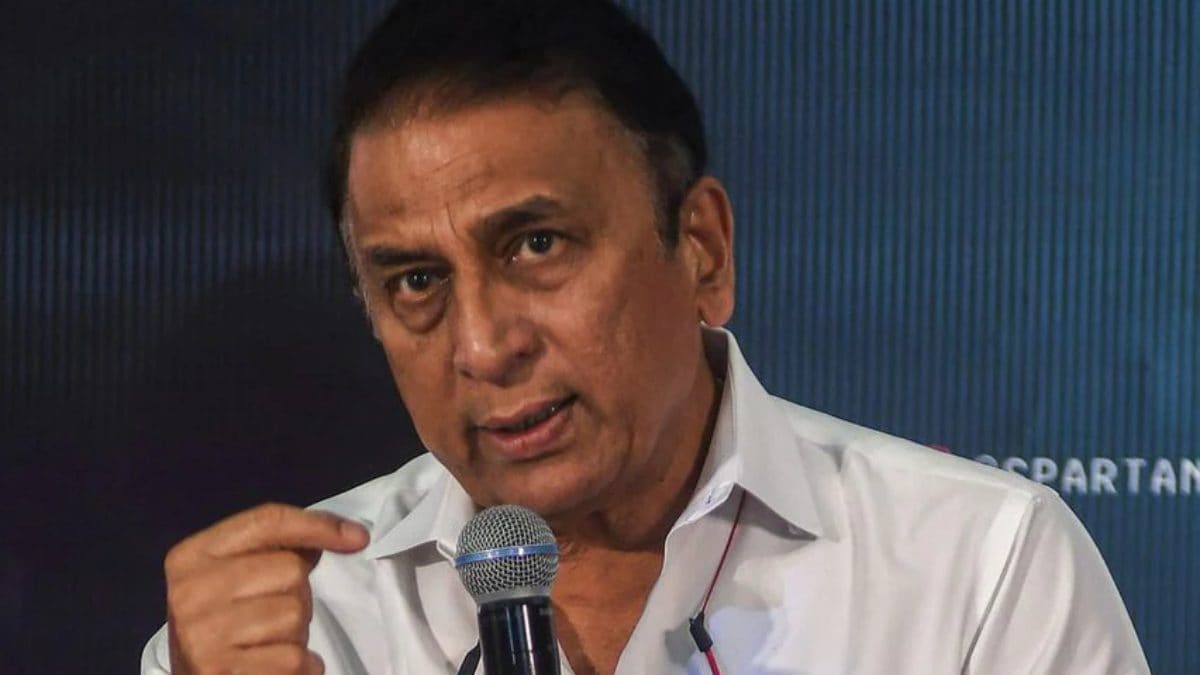

Sunil Gavaskar has ignited a fresh debate regarding the financial structure of Indian cricket, specifically targeting the perceived inequities between uncapped IPL players and those dedicated to domestic cricket, particularly the Ranji Trophy. The former Indian captain has minced no words in criticizing the current system, arguing that many uncapped players in the IPL earn disproportionately high amounts compared to those who grind away in domestic cricket for years, often without recognition or similar financial rewards.
Gavaskar's criticism comes at a time when the IPL's financial clout continues to grow, leading to lucrative contracts for even inexperienced players. He argues that the "market forces" argument often used to justify these high salaries is not entirely valid. In his column for Sportstar, Gavaskar wrote that it's often "sheer good fortune" that leads franchises to gamble on young talent. He pointed out that very few of these "uncapped crorepatis" go on to achieve significant success for India, suggesting their earnings are not always justified by their performance or contribution to Indian cricket as a whole. Several uncapped players like Rasikh Dar, Naman Dhir, Nehal Wadhera, and others have secured crore-plus deals in recent IPL seasons.
Gavaskar highlighted the stark contrast with the earnings of Ranji Trophy players, using the example of Priyank Panchal, who recently retired. Panchal, despite amassing nearly 9,000 first-class runs and 29 centuries, never played for India and likely didn't earn even ₹3 crore in his entire domestic career. Gavaskar lamented that even after two decades of tireless service in domestic cricket, often in challenging conditions, Panchal's earnings pale in comparison to uncapped IPL players who might not even play a single game but earn ₹3 crore or more in a season. This disparity, according to Gavaskar, makes players question whether it's worth dedicating themselves to domestic tournaments like the Ranji Trophy.
To address this imbalance, Gavaskar has proposed a slab-based fee structure for domestic cricket. This system would reward players who play more matches and progress to the knockout stages of tournaments like the Ranji Trophy. He believes that increasing the financial incentives for domestic cricket would encourage more players to participate and prevent them from "feigning injury" before the IPL to avoid jeopardizing their lucrative contracts. Gavaskar also suggested increasing match fees for teams reaching the knockout stages as a further incentive.
Gavaskar's concerns reflect a broader debate about the value placed on domestic cricket in the age of the IPL. While the IPL has undoubtedly provided opportunities and financial security for many cricketers, there are concerns that it may be overshadowing the importance of domestic tournaments like the Ranji Trophy, which have historically served as the breeding ground for Indian cricketing talent.
The BCCI has taken some steps to address the financial disparity. Match fees for Ranji Trophy players have been increased in recent years. Currently, players with over 40 matches of experience earn INR 60,000 per day in the playing XI, while those with less experience earn between INR 40,000 and INR 50,000 per day. The BCCI has also discussed proposals to further increase domestic players' earnings, potentially allowing them to earn between INR 75 lakh and INR 1 crore annually if they play a full Ranji season.
Gavaskar's comments serve as a reminder of the importance of recognizing and rewarding the hard work and dedication of domestic cricketers. By creating a more equitable financial structure, the BCCI can ensure that domestic cricket remains a viable and attractive career path for aspiring cricketers, ultimately strengthening the foundation of Indian cricket.